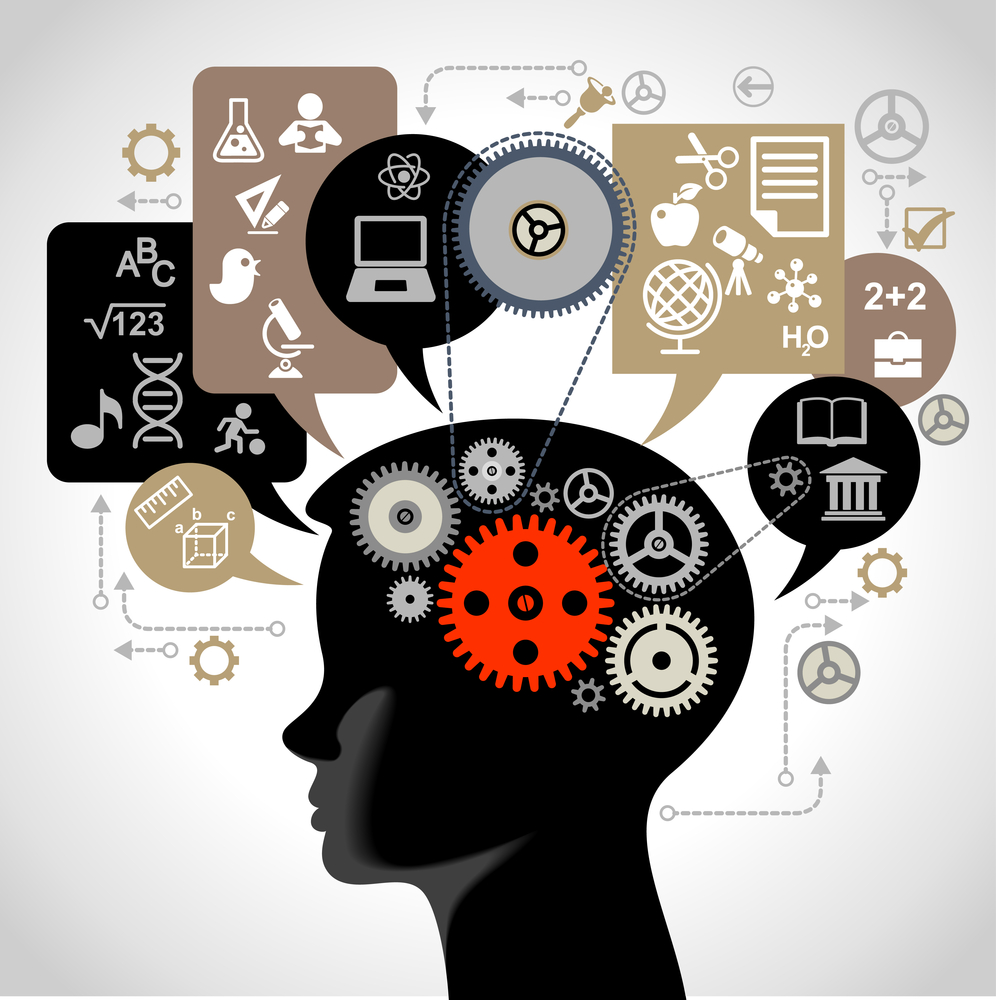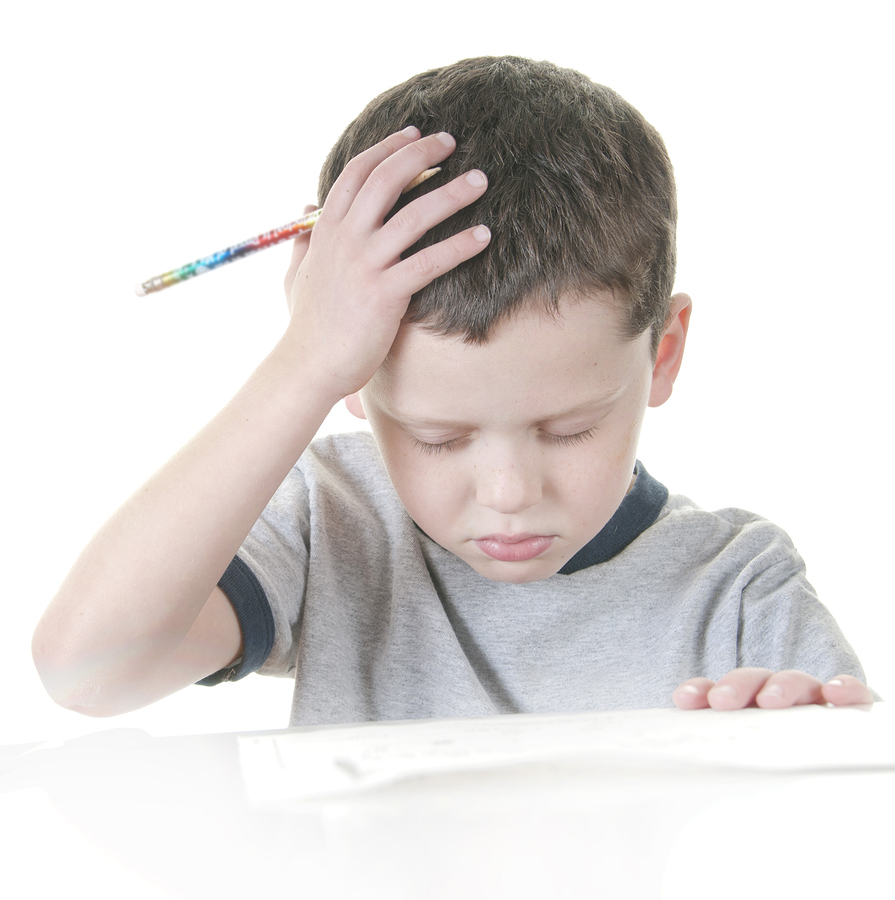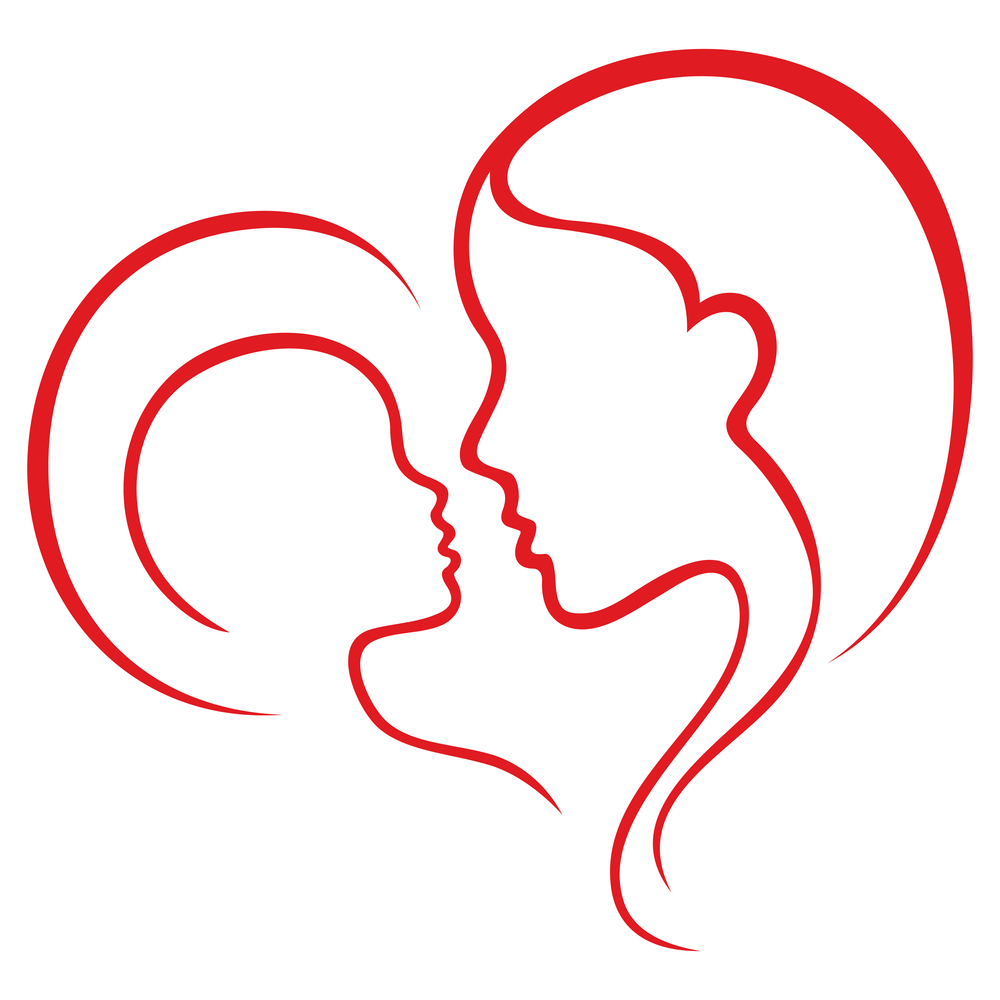Matthew age 15, comes into my office with his mother.
 Right from the start it was clear that Matthew had not read Dale Carnegie’s “How to Win Friends & Influence People.” Matt was clearly shut down and sullen. The last place that he wanted to be was the psychologist’s office. He was sick of school and hearing about school. I joke with him – “Hey, don’t blame me. I didn’t make you come in.” Matt offered me a weak smile then said something like, “OK, I will give you a try.”
Right from the start it was clear that Matthew had not read Dale Carnegie’s “How to Win Friends & Influence People.” Matt was clearly shut down and sullen. The last place that he wanted to be was the psychologist’s office. He was sick of school and hearing about school. I joke with him – “Hey, don’t blame me. I didn’t make you come in.” Matt offered me a weak smile then said something like, “OK, I will give you a try.”
Shut-Down Learners (described in my book, “The Shut-Down Learner: Helping Your Academically Discouraged Child”) come in a variety of different shapes and sizes. They are not all miserable and sullen, like Matt, but even if they are socially pleasant, they all share an underlying frustration with school. This frustration has often led to a fair amount embarrassment and shame along the way. Often this is acutely felt; sometimes it is experienced as a low-level underlying emotion. Even if it seems like he is coping, the typical Shut-Down Learner becomes increasingly insecure as he proceeds through the grades.
There are common themes with most Shut-Down Learners, even if personality variables result in different styles. I know many very successful adults who are former shut-down learners. They come from a variety of different fields and professions. The most significant variable they share is their talent in the visual-spatial dimension of ability, coupled with their dislike and discomfort with reading, spelling, and writing. Many of the kids I see are “Lego Kids.” This is type of hands-on, visual spatial style is typically seen with the boys, where the girls are often thriving with showing a range of artistic leanings (fashion designing, decorating, etc.) These experiences allow kids to thrive with in terms of showing their creativity and confidence. It’s just that school endeavors are usually on the other side of the coin. It’s where they feel insecure and not particularly competent.
The adults that I know who were formerly shut-down in school run the range.
They may be high-level executives, CEO s of companies, engineers, photographers, graphic designers, exhibit designers producers, surgeons, landscapers, musicians, artists, videographers, culinary specialists and trades people among others.
Labels do not well describe Shut-Down Learners. Some are called dyslexic, others learning disabled and attention deficit hyperactivity disordered. One problem with the label is that it overly emphasizes the deficit, on what he or she cannot do (such as read well, pay attention, learn effectively).
The Shut-Down Learners that I have known are often incredibly talented and misunderstood. Sadly, many of them are casualties of school. Their self-esteem is so beaten down and their sense of shame and defectiveness runs so deep that they cannot overcome these emotions. Effectively, their difficulty with the standard curriculum has left them feeling depleted and disconnected relative to school.
In future blogs we will be talking about many approaches to take with these children. For now, recognize that the first step toward helping these children is to understand them, really understand them. This is not easy for parents and teachers as there is always the underlying belief that if he/she just would try harder, than all would be better.
Richard Selznick is a contributing blogger for JenningsWire.





